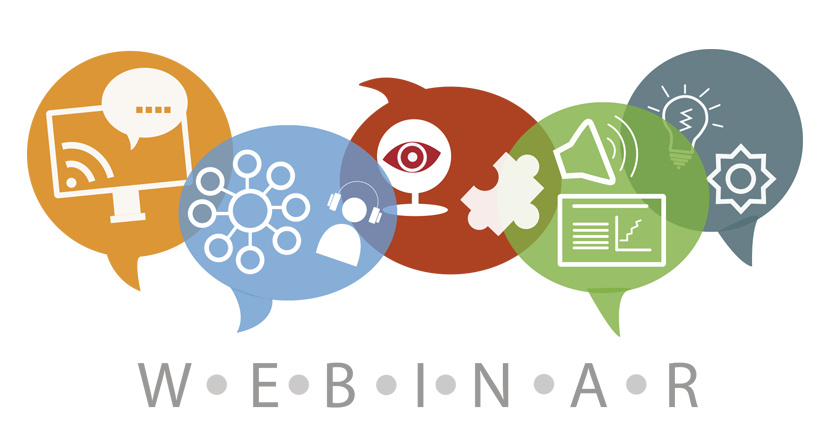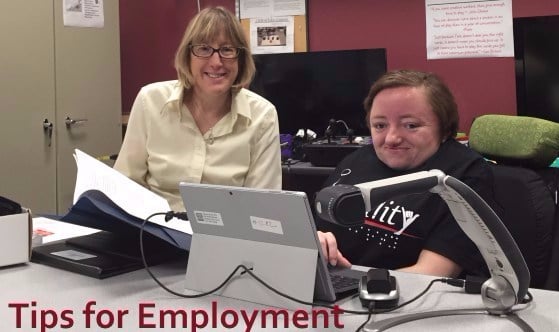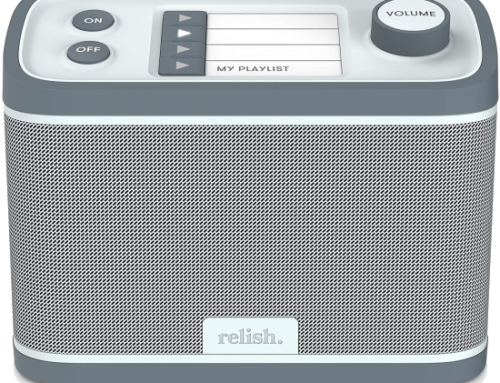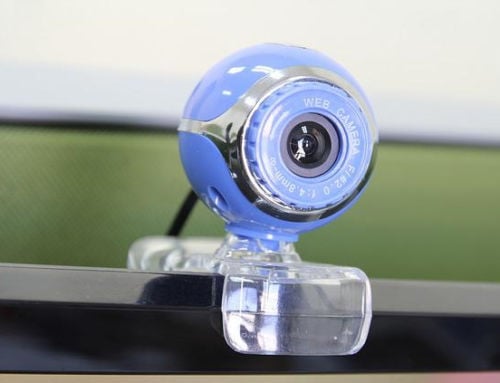Alexa … You Make My Life Easier!
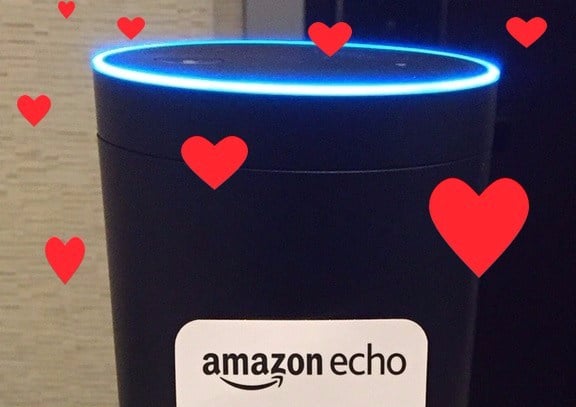
George Hamilton, Oregon Statewide AT Program Advisory Council Member, considers the roots of his affection for Amazon’s Alexa

At a recent Advisory Council meeting for the Oregon Statewide Assistive Technology Program (OSATP), members were suggesting article topics for the program’s newsletter. Knowing that OSATP has an Amazon Echo in the Device Loan Library, I chimed in and suggested an article about that smart lady, Alexa. Next thing I knew, I was asked to write it myself! So here goes from my consumer perspective…
I’ll start by sharing an overview of the ways I have found the Amazon Echo to be most useful to those of us with disabilities. With the Amazon Echo and the Alexa app on my smartphone, I can control a number of devices while at home or on the go.
If you’re like me and have difficulties using your hands, don’t worry. Alexa allows you to set alarms and timers, create reminders and shopping lists, and even conduct Internet searches almost hands-free.
I use Alexa for daily tasks. For example, she reads aloud news flashes that are sent to my smartphone as well as any news articles that interest me. She plays my favorite music from iHeartRadio and places phone calls to my friends who also have an Amazon Echo [and now landlines and cell phones].
And talk about a great memory aid! If I’m uncertain I’ve fed the dog, or if the dishes in the dishwasher are clean, I simply ask Alexa.
Yet while Alexa is amazing by herself, when I add smart home devices, she vastly improves my independence. Here are a few favorites:
Smart Locks
A smart lock, such as the August Smart Lock, is safer than a traditional keypad, especially if you need to provide a housekeeper, nurses or therapists access to your home. Traditional keypad locks are not designed to provide you with the details of who has used it and depending on the specific keypad, changing the combination code can be quite challenging.
August Smart Lock integrates with Alexa, allowing you to lock or unlock your door using voice commands. The August Smart Lock app can also use your smartphone as the key, allowing you to assign a digital key to those other important people in your life while at the same time allowing you to have complete control over the number of times and specific days they can have access, track who has entered your home and quickly and easily remove their access.
Smart Doorbells
You have probably seen video doorbells advertised on TV. These smart doorbells work great when you are stuck in bed or if you can’t see out your window from your wheelchair. Smart doorbells, like Ring and SkyBell, even include a motion-sensor camera to show you who is at the door even if they don’t ring the bell. These smart doorbells let you decide whether or not to answer the door because you can see who is there. Some smart doorbells let you have a two-way conversation with the guest at your door even if you are not home at the time. Want to see if the mail carrier left a package on your doorstep? Say “Alexa, show my front door camera.”
Smart Thermostats
For individuals who experience difficulties reaching their wall thermostat, a smart thermostat, such as the Nest Learning Thermostat, may be a great solution. Smart thermostats allow you to maintain a comfortable temperature in your home with little to no input from you, and they allow you to change the temperature using a smartphone, even when you are out, ensuring you won’t come into a cold house.
Smart Lighting
Do you know lighting was one of the first types of smart home gadgets made compatible with Amazon’s Echo? Now there are a number of smart bulbs, switches, dimmers, and outlets available that help Alexa to light your way by simply using your voice, including WeMo and Insteon Hub.
The Belkin WeMo Light Switch is one example of an on/off switch that works over WiFi, making it easy to connect to Alexa without the need of a separate “hub.” The WeMo Switch allows you to turn on plug-in appliances and lights with a smartphone app, a physical power button, or your voice with Alexa. If you’d like to monitor the energy usage of the device plugged into the switch, use a WeMo Insight Smart Plug.
Smart Curtain Shades/Blinds
Operating curtains and shades can be really difficult for people with poor fine motor control in their hands, and/or restricted mobility. But now with smart curtain shades and blinds, you can ask Alexa to open and close them for you.
Smart Garage Door Opener
Smart home technologies now also include the ability to open or close your garage door with Alexa. Garageio is one example of a small WiFi-enabled device that allows you to remotely open and close the door from your phone without replacing your existing opener. Garageio will alert you if your garage door has been left open, and allow you to close it immediately with a swipe on your smartphone or simply by asking Alexa.
Alexa, I am such a fan! For people without disabilities, you make things easier. For people with disabilities, you make things possible!

George Hamilton with his Amazon Echo Dot
Learn more about Amazon Echo as assistive technology from State AT Programs:
What’s the difference between Amazon Echo, Dot and Tap? and
“Ask My Buddy,” a Friend in Time of Need from North Dakota Assistive (AT Program).
Ring Video Doorbell demonstration, a “Monday Tech Tip” video, and
5 Ways to Use Your Amazon Echo from Indiana’s AT Program, INDATA.
Find Your State AT Program
Reminder: The AT3 Center and the Administration on Community Living (ACL) make no endorsement, representation, or warranty expressed or implied for any product, device, or information set forth in this blog. The AT3 Center and ACL have not examined, reviewed, or tested any product or device hereto referred.
Monthly Blog Digest
Search the blog
State AT Program Blogs
California
Florida
Indiana
Kentucky
Louisiana
Maryland
Massachusetts
Michigan
Montana
North Carolina
North Dakota
Utah
State AT Program Blogs
The AT3 Center, the Association of AT Act Programs (ATAP), and the Administration on Community Living (ACL) make no endorsement, representation, or warranty expressed or implied for any product, device, or information set forth in this blog. The AT3 Center, ATAP, and ACL have not examined, reviewed, or tested any product or device hereto referred.

